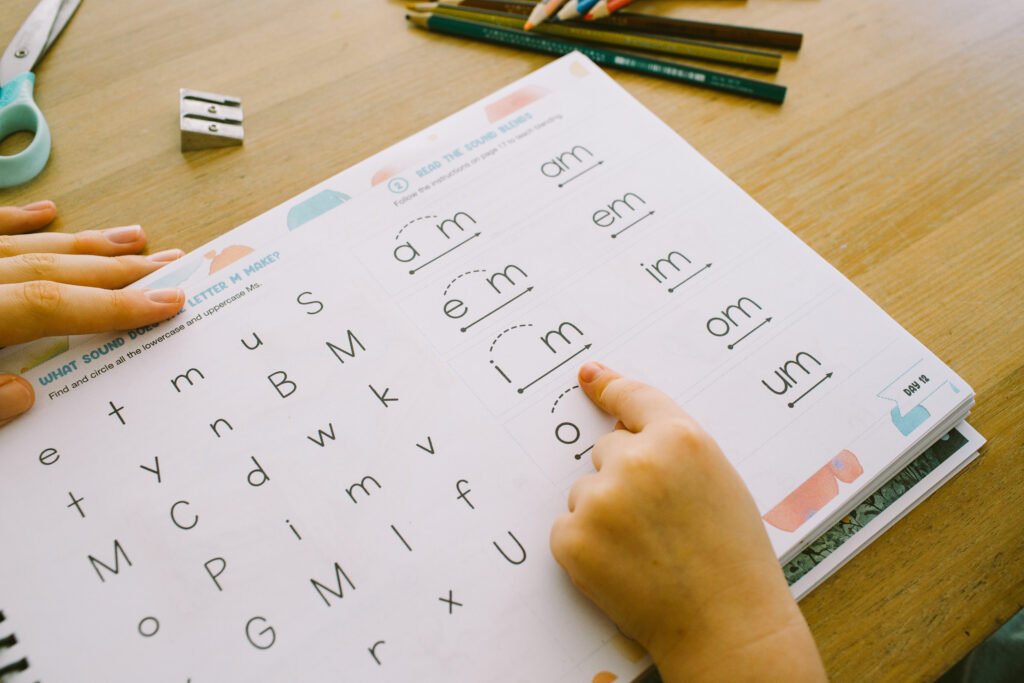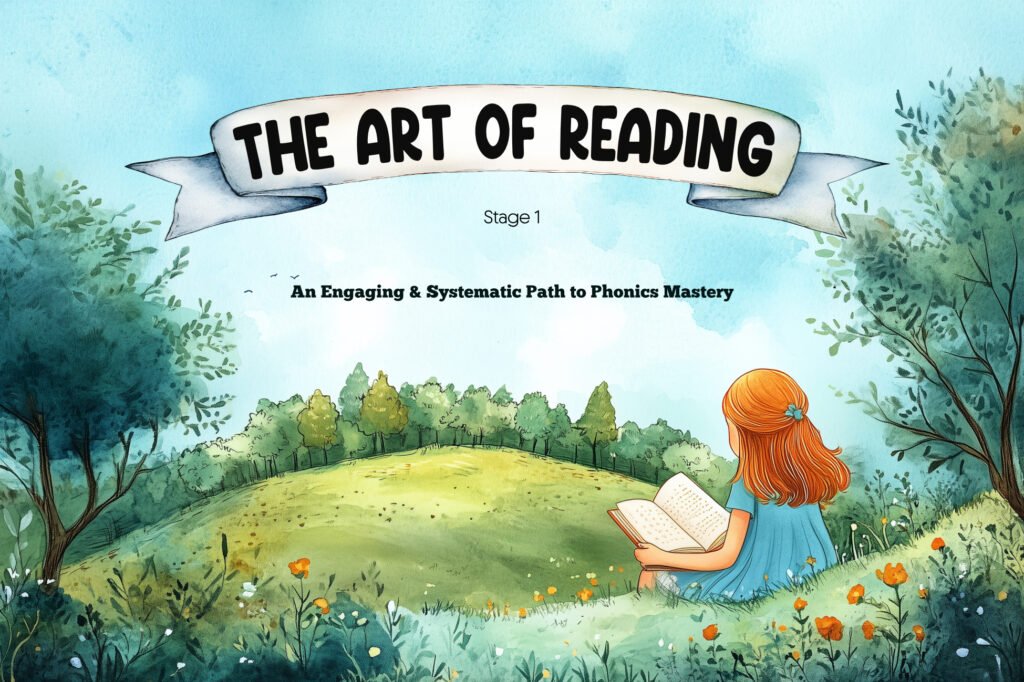Best way to teach phonics at home
For a long time, phonics fell out of favour. And with it, we lost touch with the structure of how English actually works, how words are built, how sounds connect to letters, and how children naturally learn to decode.
In recent decades, many phonics programs (especially since the 1980’s) have shifted away from teaching English as it is. Instead, they’ve borrowed heavily from methods better suited to languages like Spanish, where early words are often made up of open syllables (syllables that end in vowels). That’s why you’ll often see early readers starting with ma, me, mi. It sounds simple and tidy, but it doesn’t align with how English actually works. And for an English-speaking five-year-old, it makes things harder than they need to be.
English Has a Different Structure
English is built on an open and closed syllable system. Most of our early words, like cat, bed, and sit, are closed syllables, where a short vowel is followed (or “closed”) by a consonant. This structure is the foundation of early reading in English.
In contrast, open syllables, which end in a vowel, tend to produce long vowel sounds (go, she, hi). That’s why teaching blends like ma, me, mi can be so confusing. They don’t reflect the patterns found in English.
Why VC (vowel consonant) Comes Before (consonant vowel)
Let’s break it down with an example.
When a child blends ma, what usually comes out is maaaah. Or try mi, and you’ll hear meeeee. What starts as an attempt at a short vowel quickly shifts to a completely different sound “aaah” and “eeeee”. It’s subtle, but for a young child just learning to read, it’s enough to derail progress and cause unnecessary confusion.
Now flip the blend: start with the vowel and close it with a consonant
a…m… → am.
It lands. It’s firm. It clicks.
VC patterns are much easier for early readers to grasp. The short vowel is quick and clipped (from Saxon sounds, unlike Spanish where vowels are based on Latin sounds), so placing it at the beginning helps the child hear and hold it clearly before “closing” it off with a consonant.
Once this becomes familiar, the leap to CVC (consonant–vowel–consonant) words is natural and intuitive.
• am becomes ham
• em becomes hem
• im becomes him
It’s a logical next step, and it builds reading skills quickly and clearly.
It's not just easier, it is a better way to teach english phonics
This approach simple and clear; it aligns with how the English language is structured. It eliminates the confusion caused by trailing vowel-heavy syllables and sets up young readers for early wins. And those early wins matter. They build confidence and momentum, which is exactly what you want in the first stages of learning to read.
So yes, there’s a reason behind the structure in The Art of Reading.
We don’t teach ma, me, mi because we’re not teaching Spanish. We teach am, em, im, because we’re teaching English.
It’s simple, clear, and it works.
Instead of setting up hurdles, we smooth the path.

